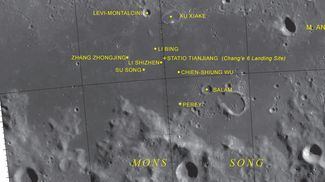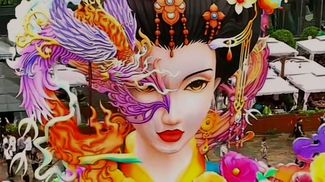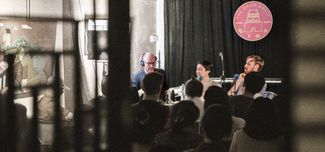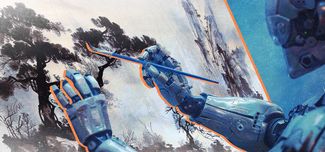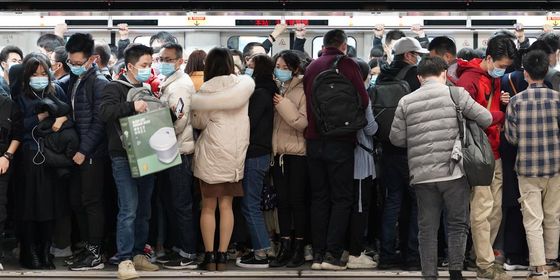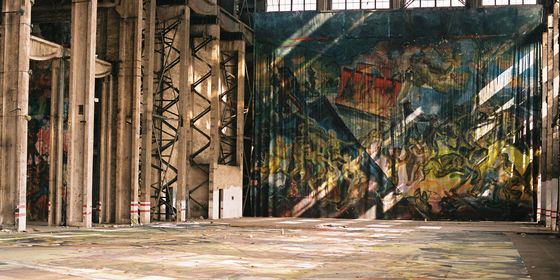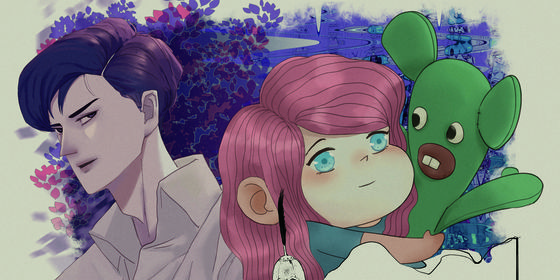How crypto-artist Reva combines her love of coding with artistic creativity
Reva says she creates the same way that clouds form in the sky.
To watch a video of her work process is to see order form out of chaos. A string of numbers, letters, brackets, and semi-colons written and rewritten, copied and pasted and tinkered with. They mushroom into paragraphs, germinating spectacular images as they grow and grow.
Like the first wisps of cloud, these strings of code “can grow from a small point”; and with a few small random changes, the code can end up creating an infinite number of shapes. Most of the time when she creates this computer-generated work (known as generative art), Reva is just “playing around” on her laptop with no idea what the final product will look like—an infinite plane of creation. In works like her Flowing Nautilus series of 2020, the speed, flow, and colors that cascade over the crisp lines of a flowing spiral are quickly transformed by switching a few numbers in the code to create a wholly new piece.
Many look at this field of computer-based art, and, blinded by the magic letters NFT, for Non-Fungible Token, see big business. But for 36-year-old Reva, whose real name is Fan Yiwen, it’s just “a lot of fun.”
Reva is a crypto-artist, whose tools are algorithms and coding software, whose copyright is blockchains and NFTs, and whose galleries are a plethora of NFT-trading platforms worldwide. Speaking over the phone with TWOC from her apartment in Shanghai, Reva (originally from Shenzhen) humbly calls herself a “nerd.” With an awkward laugh, she explains how she has a “kind of boring” daily routine, and gets excited about coding, something she will often do into the small hours of the morning.
But she’s also experimenting with some of the newest art mediums on the block which she believes will have “many more opportunities” as the technology continues to develop.
She is at the forefront of a technological revolution, among other creative-types nerdy enough to know how the latest technology works, but also imaginative enough to experiment with what it can do. It is a “movement born somewhere between the buzzing hallways of blockchain conferences and the tiny corners of cyberspace,” as pioneer crypto-artist Olive Allen eloquently explained to the magazine Flash Art this January; a place “where, late at night, a handful of rebels and misfits were trying to satisfy that unexplainable urge to change something in the world.”
There are only a few artists working in this form, says Reva. To her, works by the names that everyone sees as the forefront of the NFT world, like Beeple, CryptoPunks, or the Bored Ape Yacht Club, are just “digital paintings.” Her work is much more complex, based on algorithms, fractals, and code written by herself, and “cannot be done without blockchain technology.”
Create a free account to keep reading up to 10 free articles each month
Painting By Numbers: Is the Future of Chinese Art Computer Based? is a story from our issue, “Public Affairs.” To read the entire issue, become a subscriber and receive the full magazine.

